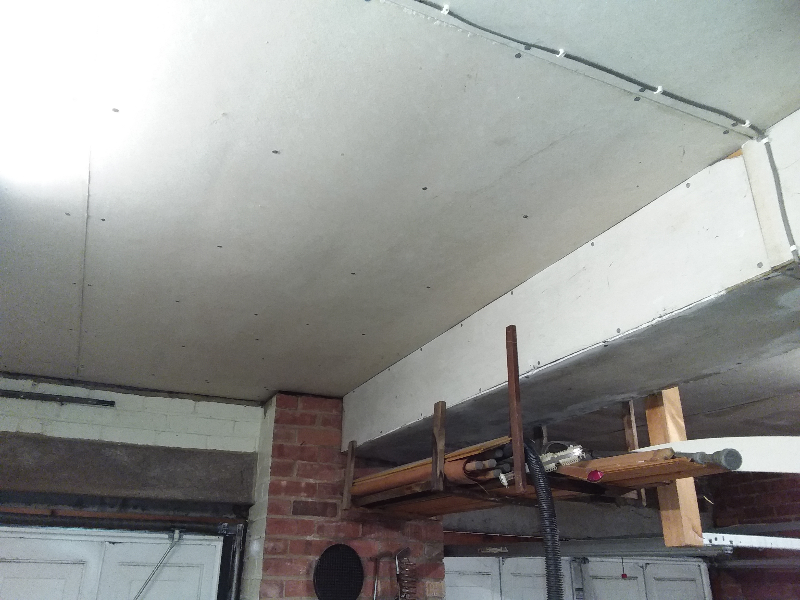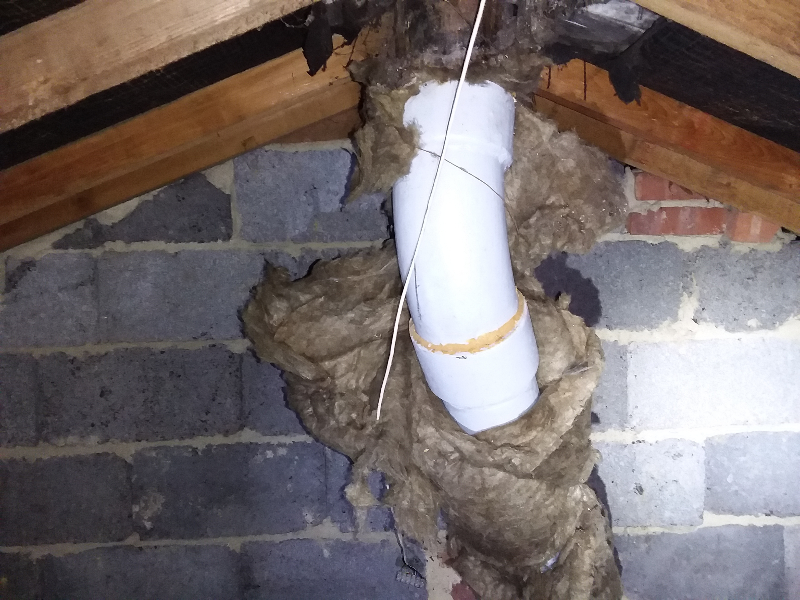Asbestos management survey undertaken on this domestic property prior to the client purchasing the property.
We were approached by the purchaser of this property as the home buyer’s survey had raised concerns regarding the age of the property and asbestos could be present.
The surveyor was correct; when we carried out an asbestos management survey on this domestic property we had some positive results for products containing asbestos.
The garage contains asbestos insulating board to the ceiling, this is currently unsealed, recommendation was to encapsulate and label the asbestos. However the home buyer plans to extend above the garage and wanted some costs to remove.
Within the loft there is also an asbestos cement flue pipe which is going to be removed as part of the garage ceiling removal project.
The client was initially unsure if to have an asbestos management survey carried out but is more than happy as they have had the removal costs deducted from the sale of the property and having all asbestos removed prior to moving in.
Case Study Overview
Location
Huddersfield
Year
2023
Services Provided
Asbestos Management Survey
More Case Studies
You might also be interested in these…

Law Slack House
Asbestos Management Survey for Law Slack House Client Overview: Complete Asbestos Surveys conducted an asbestos management survey for a client interested in purchasing Law Slack House, an old farm cottage with unique character features. The…
Learn More
R S Cockerill
R S Cockerill, located in York, is a leading provider of potatoes for Aldi and Walkers Crisps. As part of their ongoing commitment to safety and compliance, they recently initiated refurbishment works to expand their…
Learn More
Dugdale Bros & Co Ltd
Dugdale Bros & Co Ltd sought to ensure compliance and safety during a new cable installation project, prompting the necessity for an asbestos survey. During the survey, asbestos paper vapor barrier was discovered on the…
Learn More
Hampden House
Hampden House, nestled in the heart of Withington, Manchester, posed a critical concern for its proprietors, The Retreat Clinics. Aiming to ensure the utmost safety for their occupants, The Retreat Clinics enlisted our services to…
Learn More


